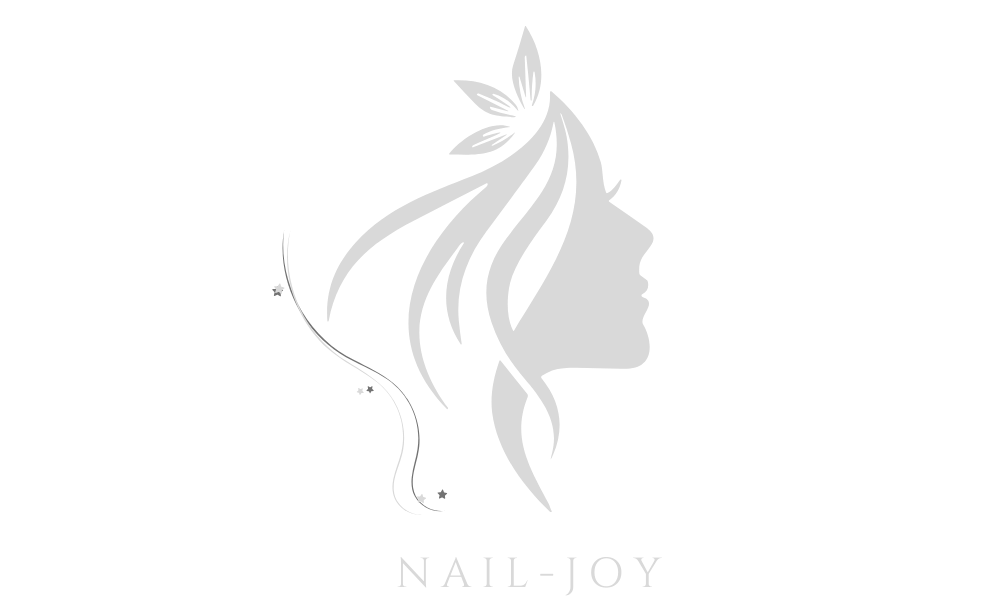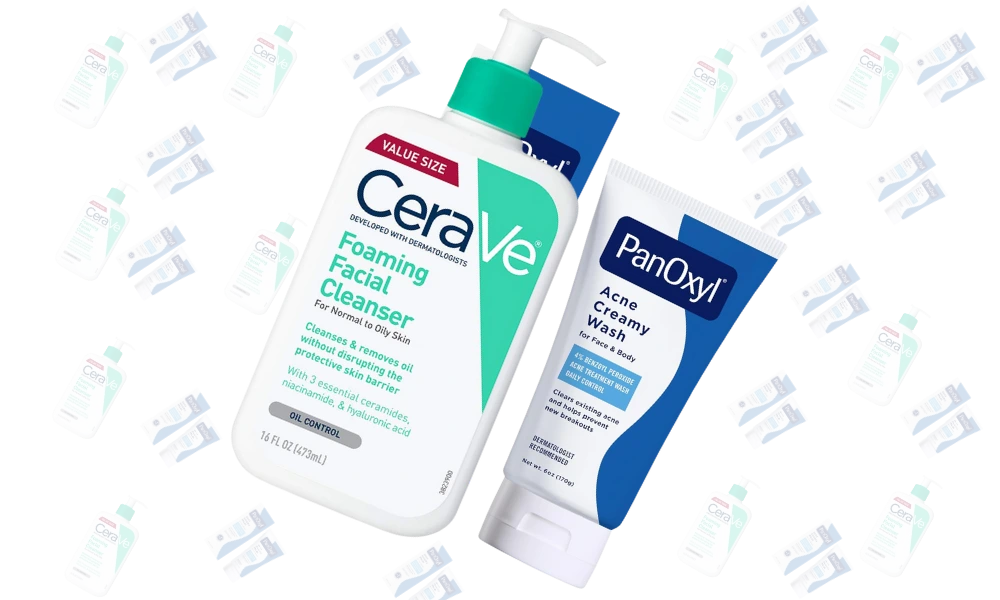If you’ve ever stood in the skincare aisle, looking at bottles of face wash and wondering, “PanOxyl vs CeraVe, which should I buy?” you’re not alone. I’ve faced the same question myself.
I’ve struggled with acne through my teenage years and into adulthood, so I’ve tried almost everything, from drugstore cleansers to treatments recommended by dermatologists. Two products that really stood out to me were PanOxyl Acne Foaming Wash and CeraVe Foaming Facial Cleanser.
After testing both for several weeks, I’m ready to share what really worked, what didn’t, and which one might be right for you.
What Is PanOxyl?
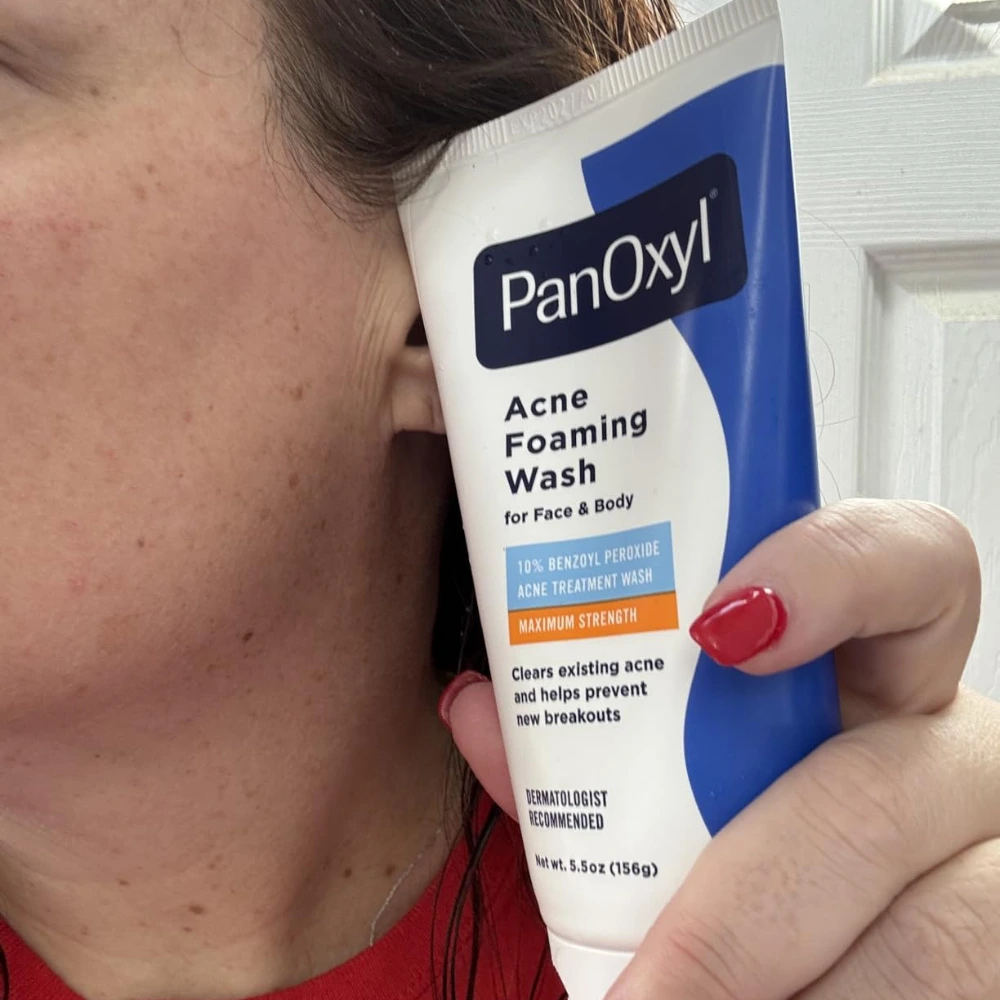
PanOxyl is a brand known for its powerful acne-fighting formulas. Its main ingredient is benzoyl peroxide, which helps kill acne-causing bacteria and remove excess oil.
The most popular version, PanOxyl Acne Foaming Wash 10% Benzoyl Peroxide, is a strong cleanser that targets stubborn acne. They also offer a 4% version for sensitive skin, which I used first because my skin tends to dry out easily.
When I started using PanOxyl, I noticed a slight tingling sensation in the first few days, which is a normal reaction to benzoyl peroxide. Within a week, my forehead and chin looked clearer, and some of the small pimples I had dried out quickly.
However, PanOxyl can dry out your skin if you don’t use a good moisturiser afterwards. That’s when CeraVe can really help.
What Is CeraVe?
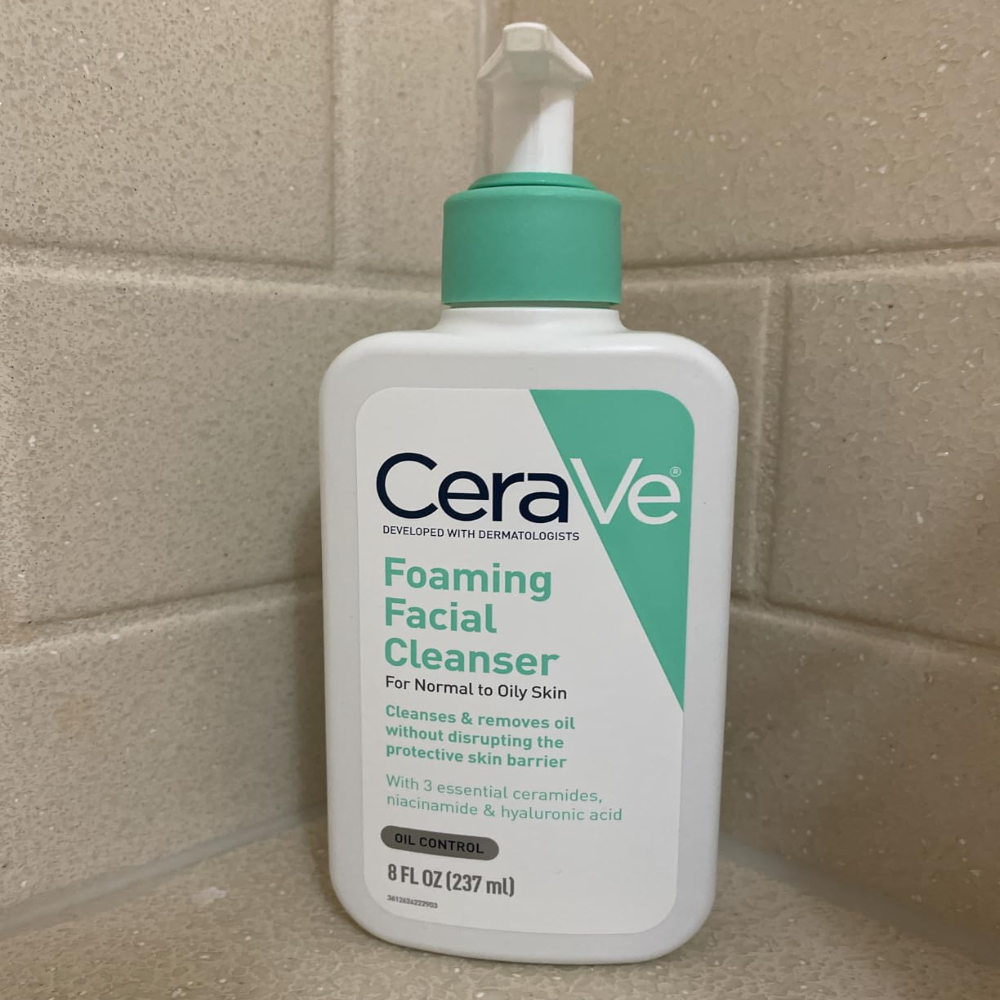
CeraVe is one of the most dermatologist-recommended skincare brands worldwide. It’s gentle, hydrating, and non-irritating, making it perfect for people with sensitive or combination skin.
The CeraVe Foaming Facial Cleanser contains ceramides, niacinamide, and hyaluronic acid, all of which help protect and restore the skin’s natural barrier.
When I used CeraVe, my skin felt soft and calm. It didn’t foam as much as PanOxyl, but it left my face clean without feeling stripped. It’s also fragrance-free, which I love because my skin reacts easily to strong scents.
CeraVe doesn’t contain active acne-fighting ingredients like benzoyl peroxide or salicylic acid, so it’s better for maintenance rather than clearing severe breakouts.
PanOxyl vs CeraVe: Key Differences
| Restores and hydrates the skin barrier | Benzoyl Peroxide (4% or 10%) | Ceramides, Niacinamide, Hyaluronic Acid |
| Best For | Active acne, oily skin | Sensitive or dry acne-prone skin |
| Effect | Kills acne-causing bacteria | Moisturising and soothing |
| Texture | Foamy and strong | Gentle and creamy |
| Dryness Level | Can be drying | Moisturizing and soothing |
| Price Range | Affordable ($8–$10) | Affordable ($10–$15) |
My Experience: PanOxyl First, Then CeraVe
When I first started my acne treatment journey, my skin was very oily and full of small pimples. I used PanOxyl 4% once a day, and within about two weeks, I saw a big difference. My acne noticeably improved, and my skin appeared smoother.
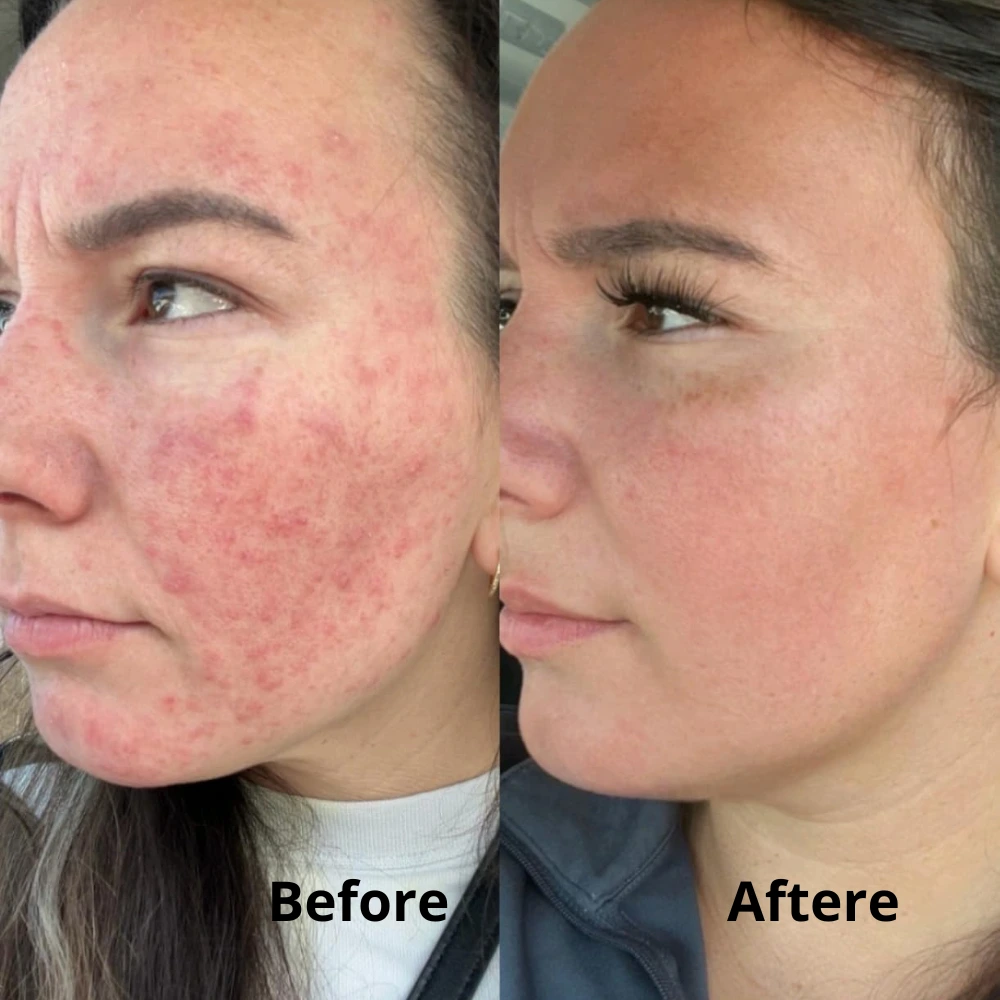
But by the third week, I started to notice dryness around my mouth and cheeks. That’s when I switched to CeraVe for the morning wash and PanOxyl at night.
That combination was the game-changer. PanOxyl cleared my acne, and CeraVe helped my skin stay balanced and hydrated.
So, if you’re wondering, “Can I use PanOxyl and CeraVe together?” — absolutely yes. Many dermatologists even recommend this combination because it provides the best of both worlds: treatment and hydration.
When to Use Each One
Here’s what I learned after months of using both brands:
👉 Use PanOxyl if:
- You have active breakouts or oily skin.
- You need something substantial to kill acne bacteria.
- You can handle a bit of dryness.
Best choice: PanOxyl Acne Foaming Wash 10% Benzoyl Peroxide
If your skin is sensitive, start with PanOxyl Acne Creamy Wash 4%.
👉 Use CeraVe if:
- Your skin is sensitive, dry, or prone to irritation.
- You’ve already cleared most of your acne and want to maintain healthy skin.
- You want a hydrating cleanser that won’t cause redness.
Best choice: CeraVe Foaming Facial Cleanser
If you have dehydrated skin, try CeraVe Hydrating Cleanser.
Pros and Cons
✅ PanOxyl :
| ✅ PanOxyl Pros | ❌ PanOxyl Cons |
|---|---|
| -Very effective for acne and blackheads | -Can dry or irritate sensitive skin |
| -Kills acne-causing bacteria fast | -May bleach towels and pillowcases |
| -Available in two strengths (4% and 10%) | -Not ideal for daily use for everyone |
| -Affordable and dermatologist-approved | ***** |
✅ CeraVe:
| ✅ CeraVe Pros | ❌ CeraVe Cons |
|---|---|
| -Gentle and hydrating | -Doesn’t actively treat acne |
| -Strengthens skin’s moisture barrier | -May not be strong enough for severe breakouts |
| -Works well with other acne treatments | ***** |
| -Great for all skin types | ***** |
My Personal Verdict
If I had to pick a winner in the PanOxyl vs CeraVe debate, my answer would be: PanOxyl
If you’re struggling with active acne, PanOxyl is your best friend. It works fast and really helps reduce pimples. But once your acne starts to calm down, switch to CeraVe to keep your skin hydrated and healthy.
For me, the perfect balance was using PanOxyl at night to fight acne and CeraVe in the morning to protect my skin barrier. That combo gave me the clearest, smoothest skin I’ve had in years.
Final Thoughts
So, PanOxyl vs CeraVe: which one is better for acne-prone skin?
In my experience:
- PanOxyl is best for clearing acne fast, especially oily or breakout-prone skin.
- CeraVe is best for maintaining clear, hydrated, and balanced skin afterwards.
If possible, try using both in your routine — PanOxyl for treatment and CeraVe for daily care. It’s a simple, affordable skincare combo that really works.
🛒 Shop My Acne Routine
- PanOxyl Acne Foaming Wash 10% Benzoyl Peroxide
- PanOxyl Acne Creamy Wash 4%
- CeraVe Foaming Facial Cleanser
- CeraVe Hydrating Cleanser
Tip: Always patch-test new products. If you’re using acne treatments, be sure to wear sunscreen every morning. Your skin will thank you later!
FAQ
Yes! You can use PanOxyl at night for treatment and CeraVe in the morning for hydration. Just remember to apply moisturiser and sunscreen during the day.
If your skin is sensitive, start with the 4% version. The 10% formula can be too harsh at first.
CeraVe doesn’t contain strong acne-fighting ingredients, but it supports your skin’s barrier and reduces irritation, which helps prevent future breakouts.
